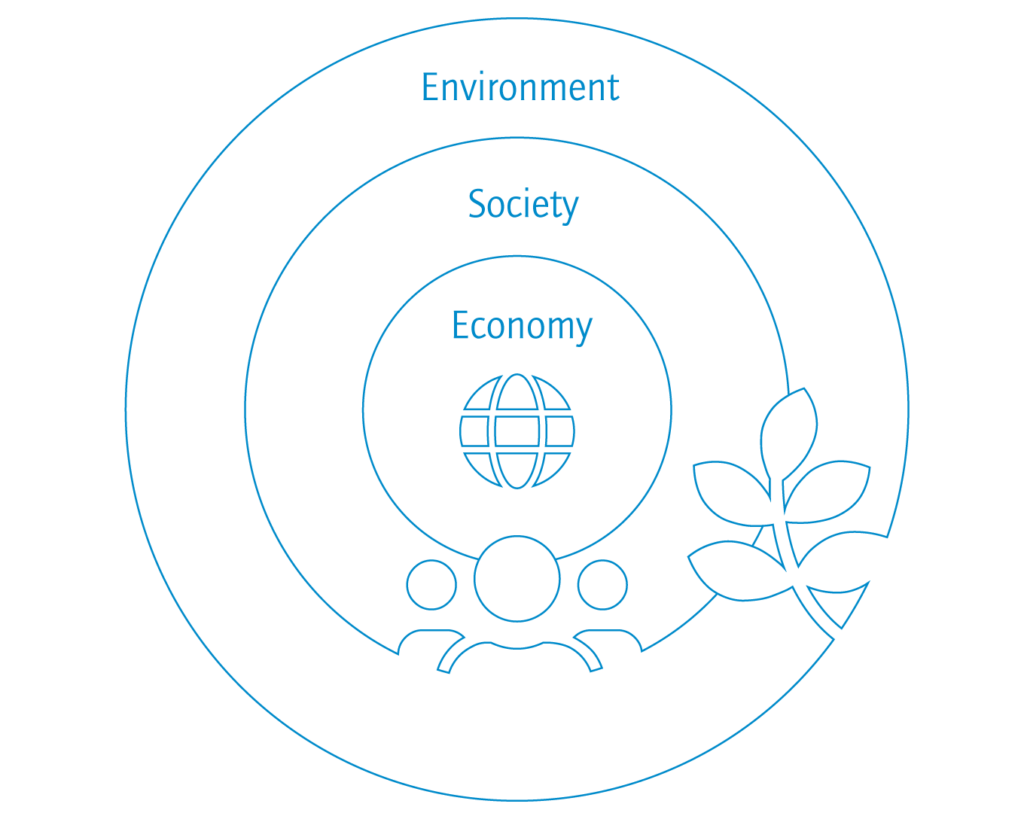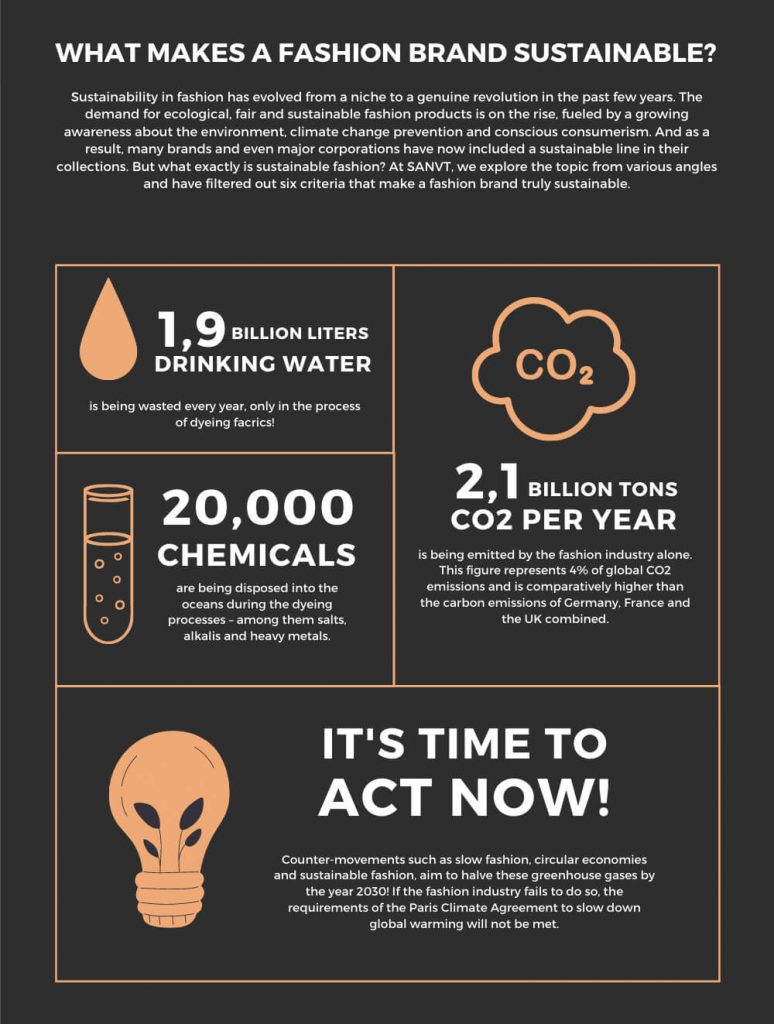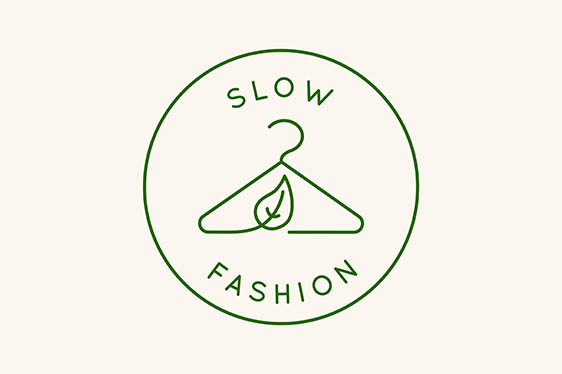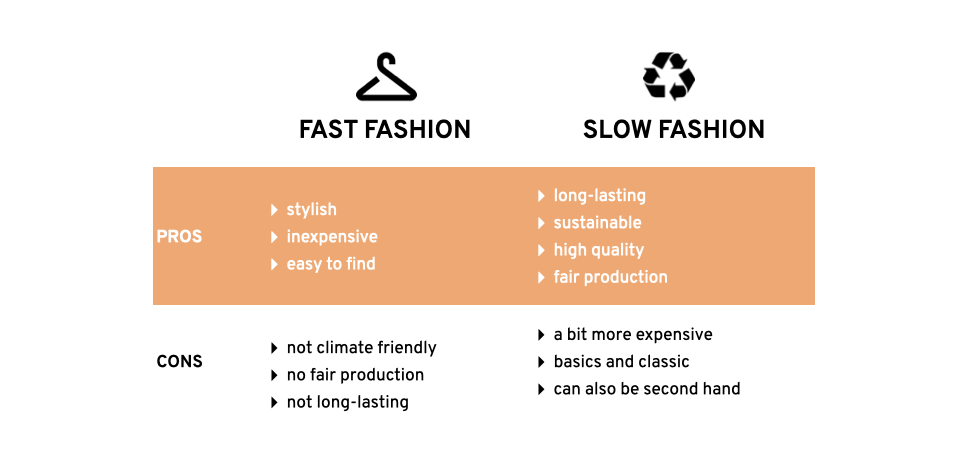In order to wrap up the topic, I would like to engage a collaboration of sustainability and augmented reality by showing how AR could improve sustainability in e-commerce. Additionally to the 6 criteria of sustainable fashion, AR could push sustainable practices even further.
AR could support responsible fashion brands to:
• Help/nudge customers to practice responsible consumption by ordering what they actually like/ what them actually fits
• Reduce waste and emissions caused by returns (transport, labels, packaging, …)
• Display brand transparency
• Level up customer satisfaction to get more customers and a bigger budget for producing clothes ecologically and fair
Augmented Reality is a powerfully engaging medium that can support and promote sustainable practices. It can educate consumers, improve brand transparency and loyalty, and spread the messages most important to a company’s sustainable endeavours.



